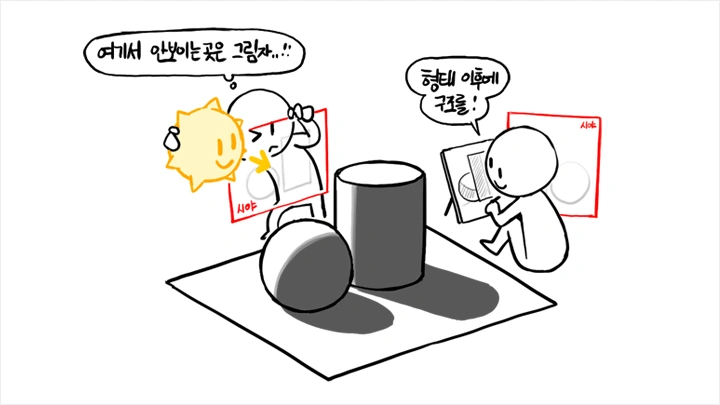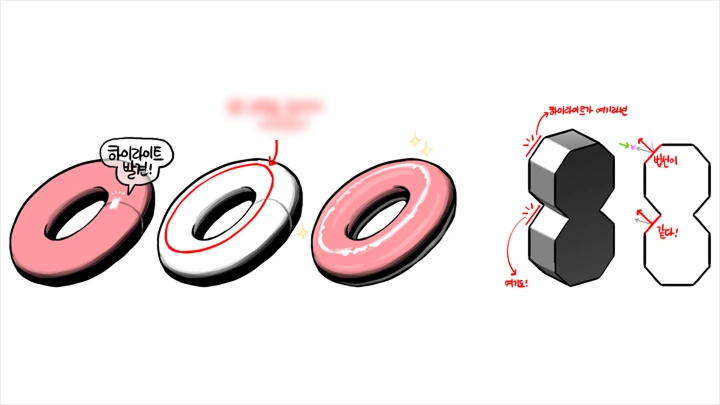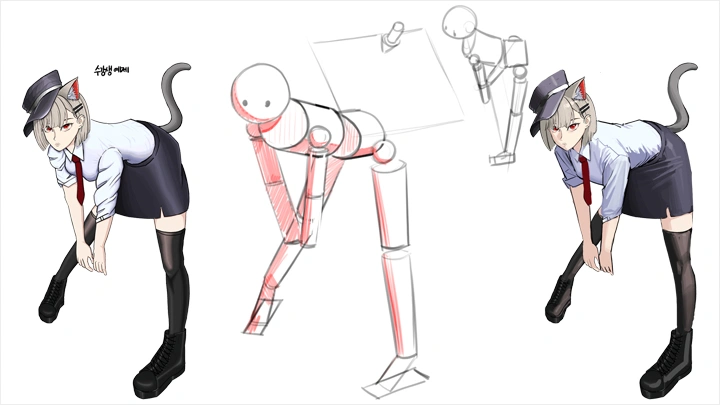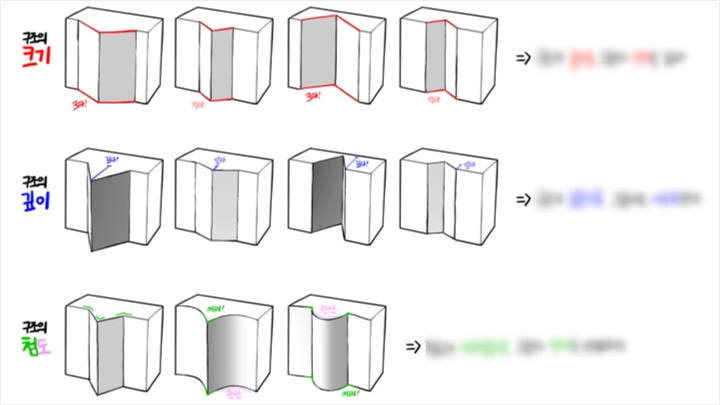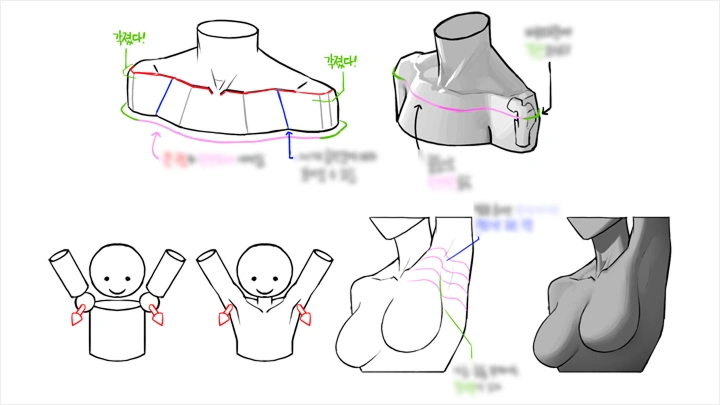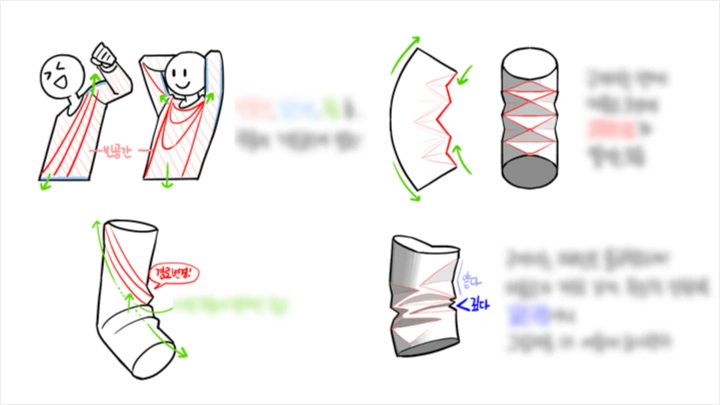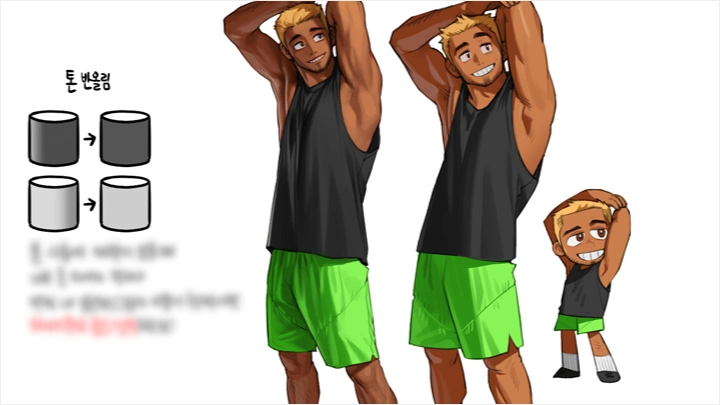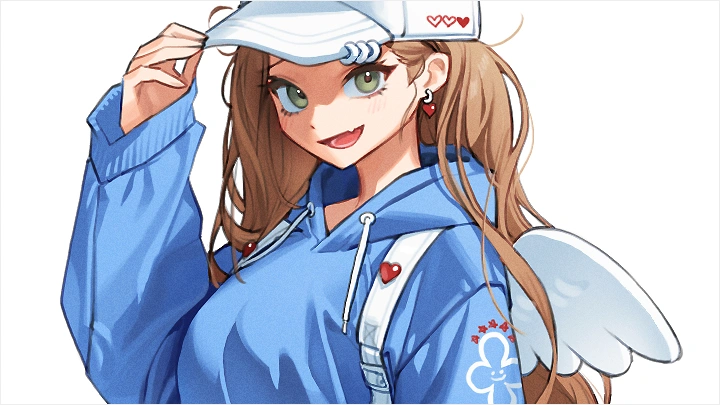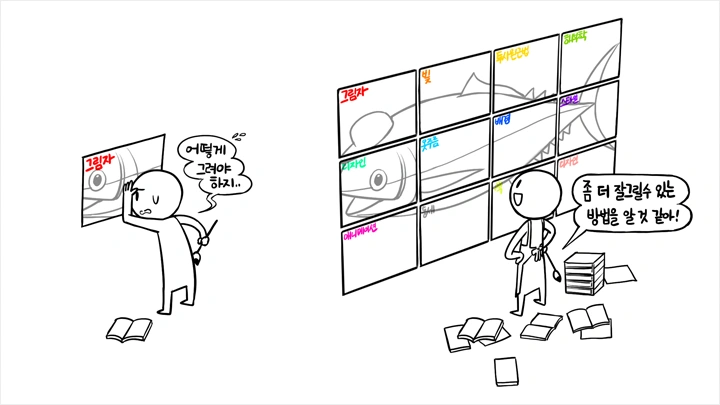[Course]illustrator,rinotuna2_리노참치2KR Details
1st Release (Ch. 1 - Ch. 8) : 2025. 09. 30 18:00 (UTC-8)
2nd Release (Ch. 9 - Ch. 24) : 2025. 10. 21 18:00 (UTC-8)
**Class release dates and content are subject to change without prior notice.
- Section 01
When Your Drawing Feels Flat: Structural Shadow Logic & Coloring Training
01. Orientation- Course goals & required tools - Photoshop setup - Mindset preparation
02. Brush Blending Formulas- What is blending? - Hard brush blending techniques - Airbrush blending tips
03. Layer Blending Modes- Understanding tone-tuning tools - How to use six blending modes for effective shading
04. Light & Shadow Formula- Concepts of form and drawing: overlapping and foreshortening - Visualizing shapes and sightlines - The rule: invisible planes become shadows - Viewing direction equals lighting direction
05. Highlight Placement Formula- Why do highlights appear? - Surfaces where highlights form: incidence, reflection, and normals - Expanding highlight areas
06. [Student Work Review] Logical Shadow Calculation- Identify awkward areas in full- or half-body illustrations - Simplify into shapes and rebuild forms - Recalculate and reconfigure shadow locations
07. Bonus: Simplified Human Figure Drawing 01
08. Bonus: Simplified Human Figure Drawing 02- Selections from the first series of Rinotuna’s courses to aid smooth learning
09. Structure vs. Shadow: Size, Depth, Sharpness- Understanding structure’s 3 properties - How structure drives shadow expression
- Section 02
Fixing Shadow Mistakes & Understanding Deeper Structure
10. [Student Feedback] Direct Sunlight Shading Error 01: Face- Structural differences in male vs. female faces - Shading by style: deformation and difference
11. [Student Feedback] Error 02: Upper Body & Shoulder Structure- What to focus on: structure or form? - Female upper body: structure-centric shading - Male upper body: form-centric shading - Aligning vision and structure
12. [Student Feedback] Error 03: Lower Body & Pelvis Structure- Silhouette vs. structure conflicts - Starting from inner pelvis, not outline - Understanding thigh cross-sections (think tear-drop shape) - Hip rendering: mound and cavity structures - Choosing expression style and tools
13. Reflected Light & Occlusion Shadow- Why subtle tones inside shadows matter - Roles of primary light, reflected light, ambient light, and occlusion - Layering light/shadow by hierarchy - Three-checkpoint light and shadow checklist
14. [Student Feedback] Clothing Folds Analysis 01: Principles- Why study clothing folds structurally? - Three elements: contact point, empty space, force direction - Folds develop in empty space - Direction of force dictates fold flow - The 3 structural properties of folds
15. [Student Feedback] Clothing Folds Analysis 02- Folds are for understanding, not copying - Explore a taxonomy of nine types of folds
16. From Simple to Complex Structure Modeling- Shift from ‘drawing structure’ to ‘building structure’ - Three-stage structure modeling: size, depth, sharpness - Step-by-step modeling routine - Examples by clothing fit: overlaying structure on basic shapes - Expanding drawing into 3D shaping
17. Starting Shadow Planning from Scribbles- Begin shadows from linework - Scribbling based on structure: each line’s purpose - Shadow planning without light reference - Planning tones by form and flow
- Section 03
From Application to Practice: Mastering Shadows with Flexibility
18. [Student Feedback] Tone Distribution- Why aren’t planes uniformly shaded? - Lambert cosine curve theory - Why evenly divided tones feel flat - Designing tone distribution by structure
19. Coloring Stage Guide- Sketch: structural planning from doodles - Shadow layout: two-tone plan based on structure - Color and brightness: light direction & tone compression - Tone detail: refine structure and surface materials - Final: adjust overall tonal balance
20. [Student Feedback] Style-Based Shading Application- Casual, realistic, cel-shaded style approaches - What is tone deformation? - Comparing shading by style - Guidelines: what to preserve and what to adapt - Style variation case studies
21. Practice Project 01: Male Character- Strong bodily muscular structure - Rich contrast in tone
22. Practice Project 02: Female Character- Soft anatomy with crisp clothing fold sharpness
- Section 04
Outro
23. Easy-to-Miss Checkpoints- Is the form simplified yet consistent? - Do forms look like spatial structures? - Is the structure rich and properly shaped? - Is the tone applied appropriately per structure? - Is this based on habit or thoughtful design?
24. Final Message- How to apply what you learned to your art - Expanding your studies further - What kind of drawing would you like to create next?
